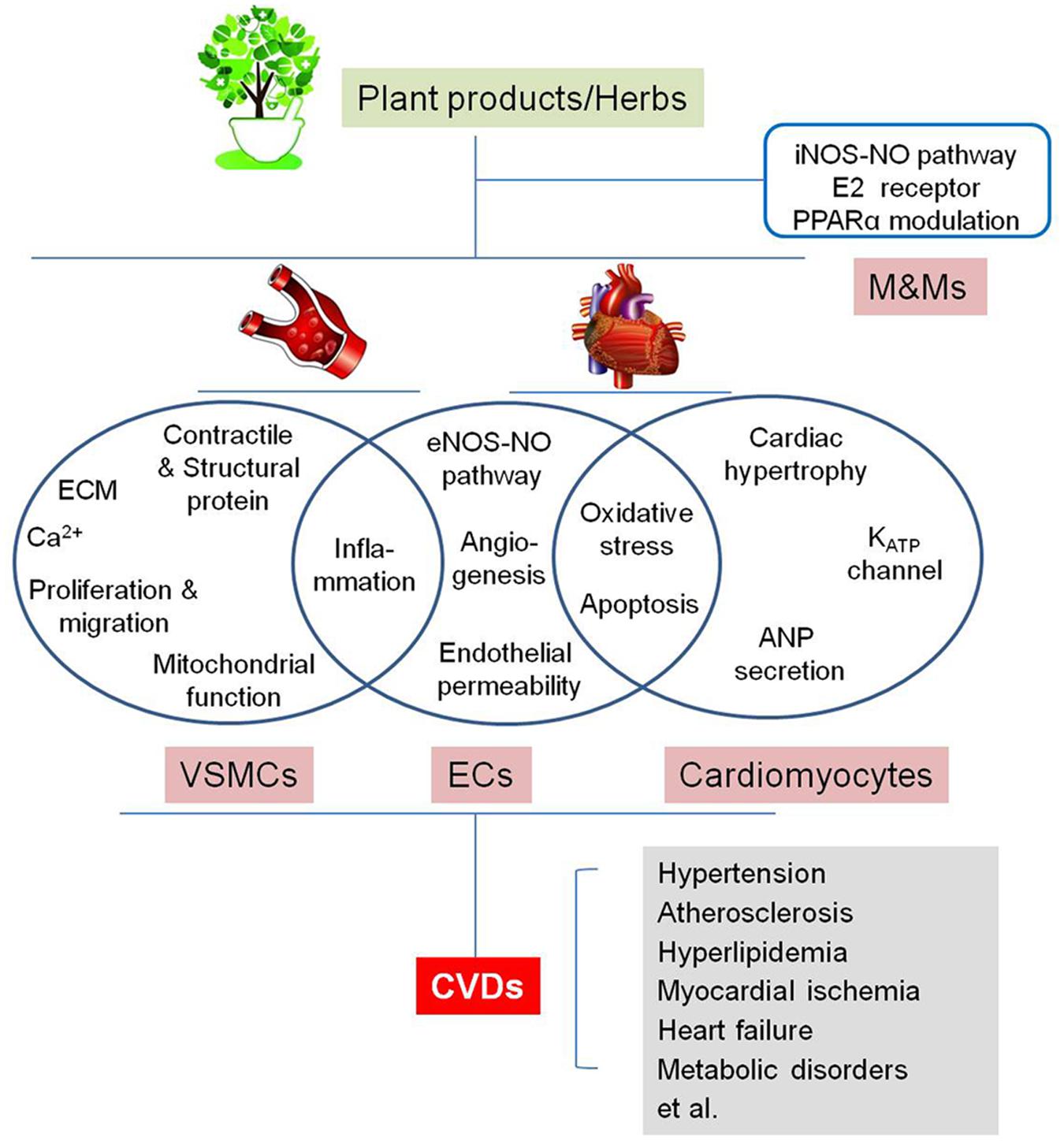
About Me
Another research paper just been printed that shows just how plant based substances can help to contain the brittle bone disease, osteoporosis. Scientists in the Institute of Medical Sciences, Faculty of Aberdeen, UK have discovered the way a non-psychoactive compound in cannabis, cannabidiol helps you to maintain bone strength.
The endocannabinoid system is a team of cell receptors which are triggered by a group of endogenous lipids as well as elements created from the cannabis plant. The cannabinoid receptors are in the middle of a variety of physiological processes including appetite control, mood, memory as well as pain. Current research indicates the endocannabinoid system has also a powerful affect on bone metabolism, cbd oil concentrate (click through the up coming webpage) as the receptors are well represented on osteoclasts - cells whose major purpose is to resorb (thin out) bone.
Bone is an energetic, living tissue that has been continually formed, remodeled and formed in response to both physical and physiological needs of the body. Bone matrix consists largely of the macronutrients calcium, magnesium and phosphate and it is the material which makes up both the dense areas of the bone as well as the bone marrow framework. Lots of people still believe that if someone eats foods abundant in these minerals then they'll avoid developing osteoporosis. epidemiological and Other evidence suggests that this's not necessarily the truth.
With regards to bone health as well as disease the integrated processes that control the formation as well as resorption bone are quite as important as the availability of calcium, phosphate and magnesium.
 The formation as well as resorbtion of bone matrix is operated by two principal mobile types:
The formation as well as resorbtion of bone matrix is operated by two principal mobile types:
1) Osteoblasts are bone cells that are accountable for the formation of bone matrix 2) Osteoclasts are altered white blood cells to blame for the resorption of bone tissue.
Osteoblasts
Osteoclasts
These 2 cell types are controlled by a complicated range of signaling hormones, proteins as well as cell receptors which react to the ever changing demands on bone tissue as well as other physiological processes. If there are so many osteoclasts, or in case these cells start to be overactive, they will resorb more matrix compared to the osteoblasts are able to produce. A predominance of osteoclast activity leads to the bone becoming much less compacted - the primary characteristic of the medical condition known as osteoporosis.
The Aberdeen researchers have discovered that cannabidiol binds to a certain cannabinoid receptor on the bone-resorbing osteoblast cells. By so doing it inhibits these cells from resorbing the bone matrix - therefore helping to prevent further weakening of the bones.
Location
Occupation


